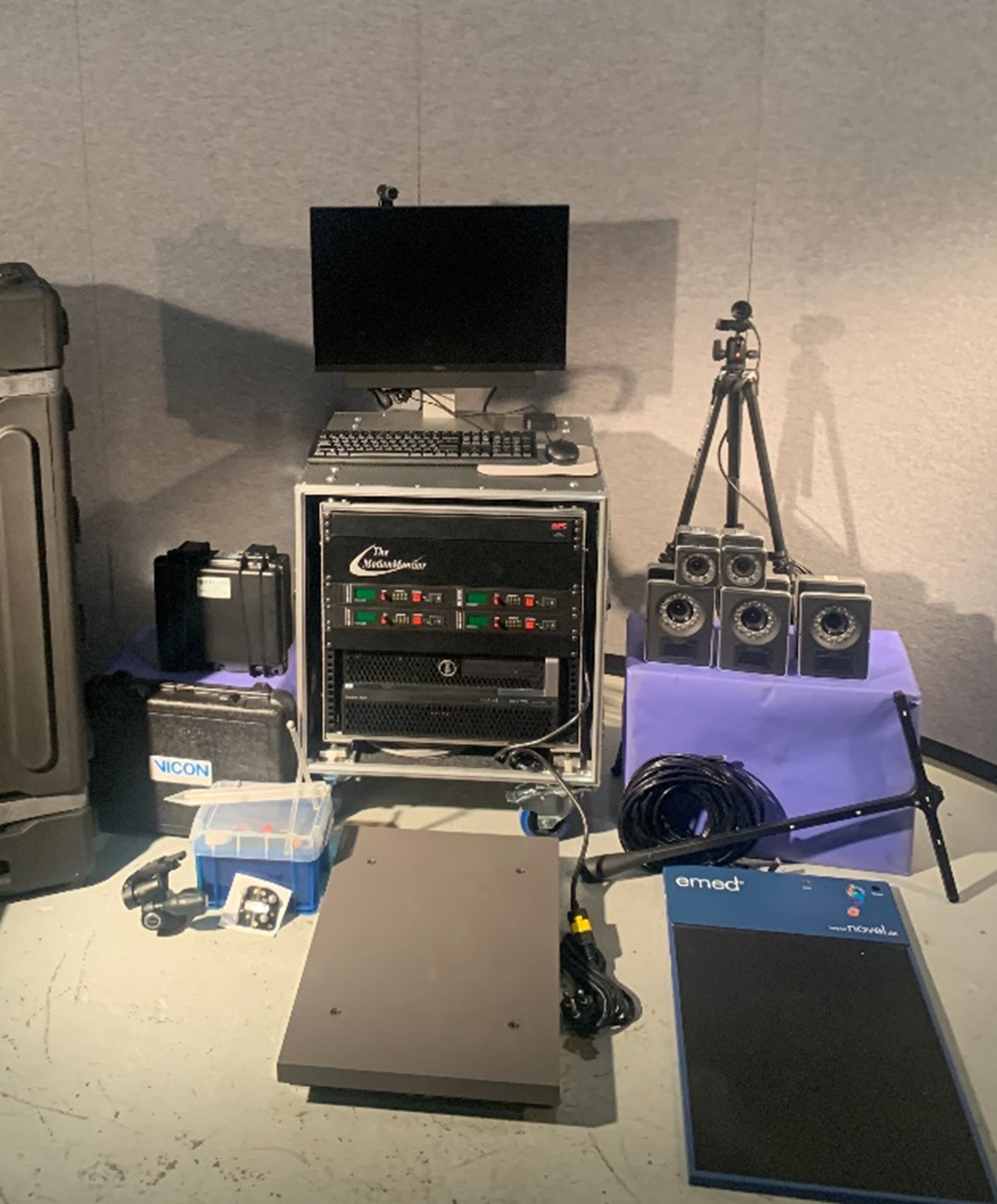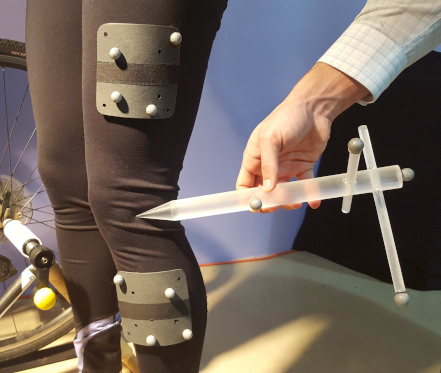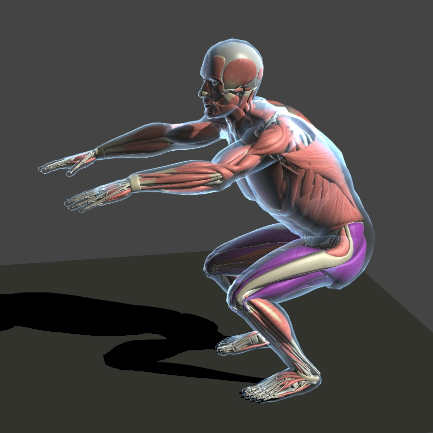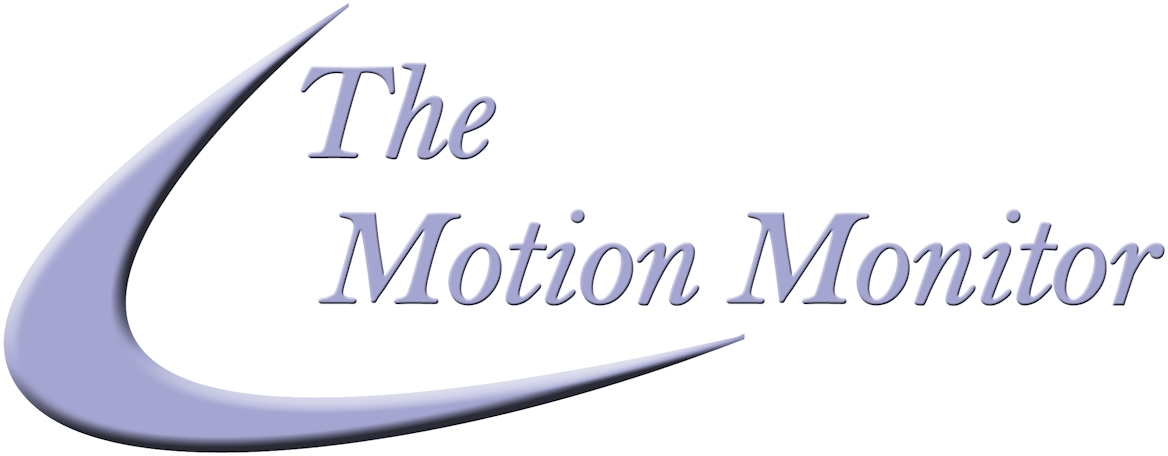Applications of Motion Capture in Advanced Research
RESEARCH APPLICATION
The MotionMonitor’s use in research for Biomechanics, Life Sciences, Neuroscience and Motor Control dates back some 20 years. And published research articles number in the thousands, with a few shown here on our publications page.
The large number of technologies supported in The MotionMonitor enables researchers to build ideal systems for their unique research needs.
Support for optical, magnetic and markerless motion tracking technologies and a wide range of peripherals that record brain, muscle, and eye activity, together with forces from force plates, transducers and instrumented treadmills, ensure collection of whatever data is of interest.
The number of technologies can encourage multi-department collaborations where each department may require slightly different configurations. The software’s capability to add and delete hardware from the workspace without changing physical hardware is a real advantage.



The MotionMonitor’s unique features ensure that it can accommodate the diversity of research approaches that exist in the different fields of study.
Definitions of coordinate systems can vary from one field to another. A golf coach’s definition of shoulder rotation will be very different from a physical therapist’s, but The MotionMonitor easily accommodates both. Define joint centers, landmarks and local coordinate systems using markers, digitization or regression methods like Bell, Davis or Mesker's Method. Define the biomechanical model with any published or user-defined approach.
It is important to recognize that The MotionMonitor is not a “black box.” Access to all raw sensor and processed data, including user defined data, are available in real-time for display within the software. And all raw and processed data are easily exported for use in other software.
The ability to collect data with real-time biofeedback and bi-directional communication with virtual worlds and instrumented treadmills expands research possibilities. Subject activity can be used to control the speed of instrumented treadmills or to trigger stimuli in VR worlds that can not be created in the real world.
Data Analysis capabilities are extensive. OpenSim muscle models, user-defined data definitions, built in analyses using entropy & fractals, data reduction to average and compute variances and routines to quickly identify outliers are all standard in The MotionMonitor.

